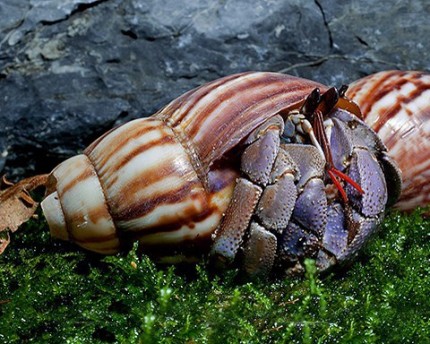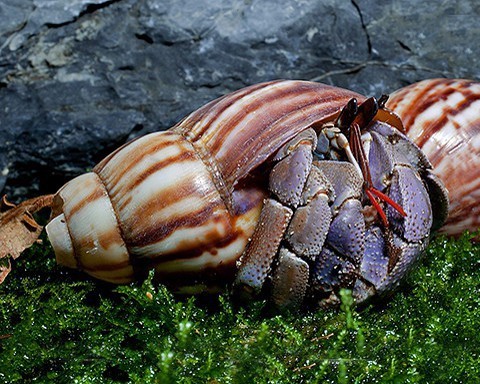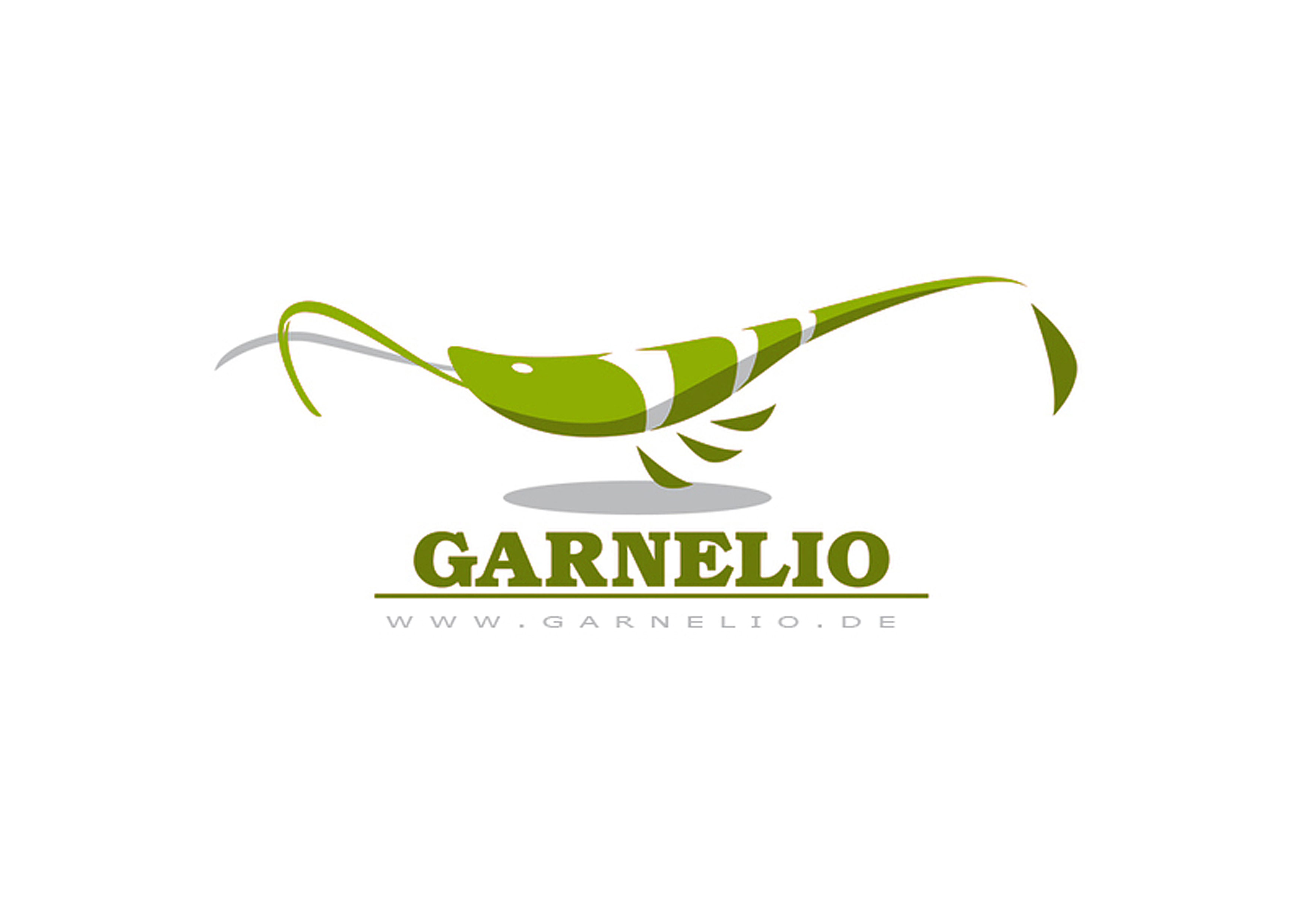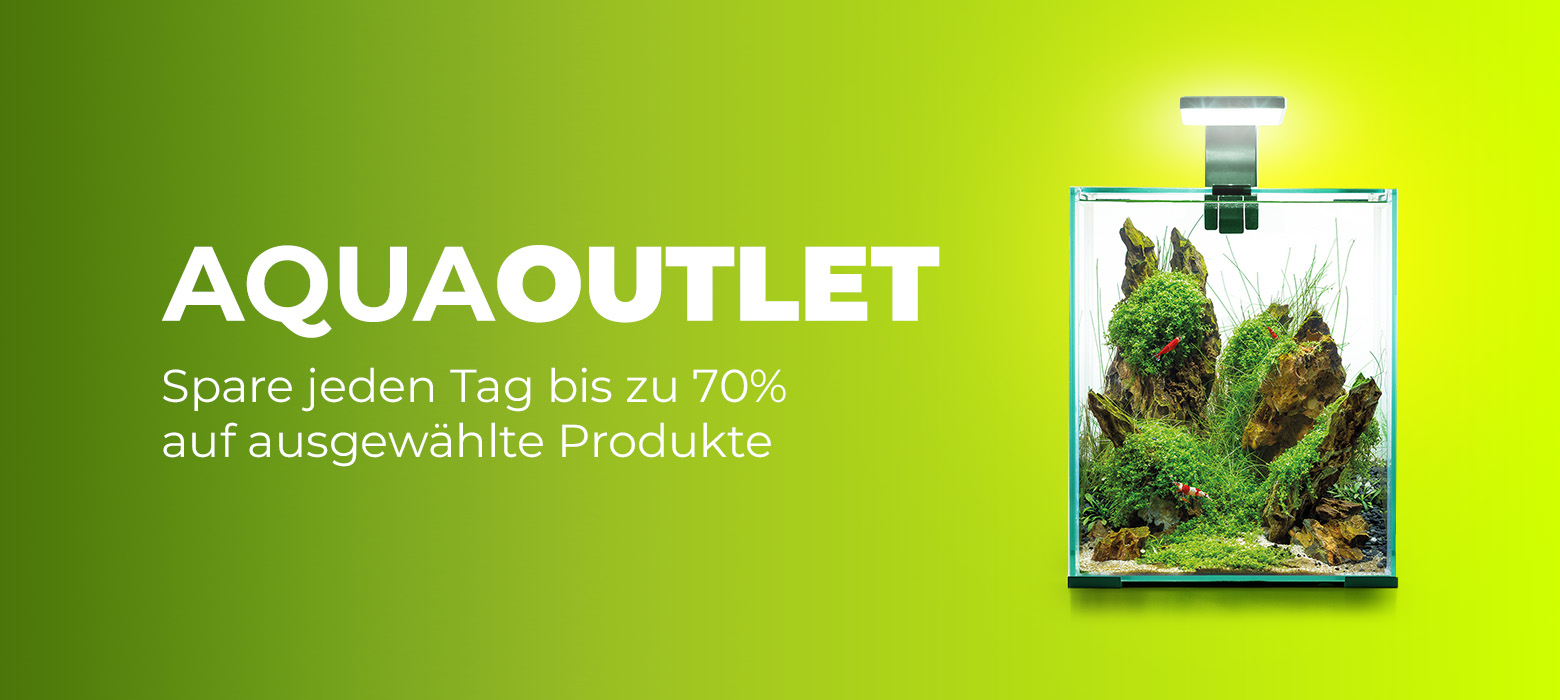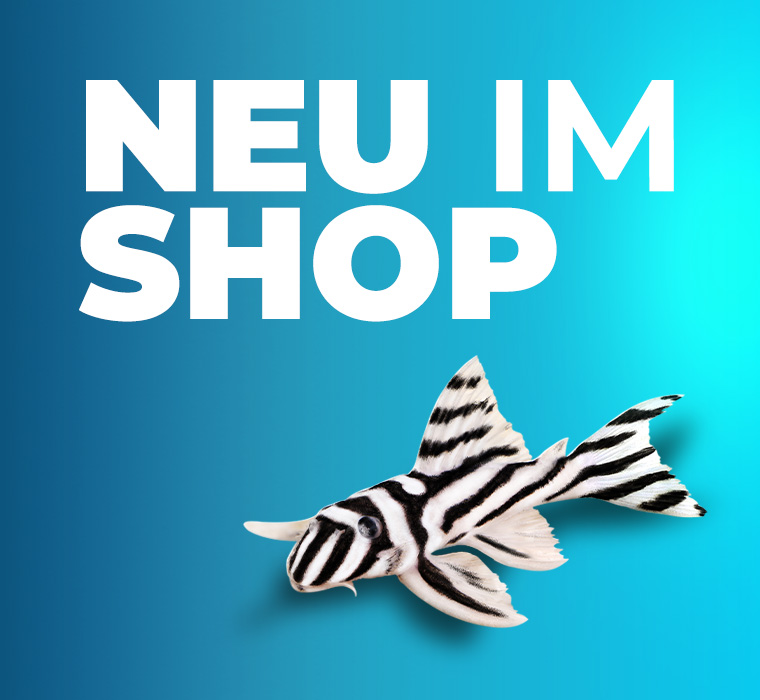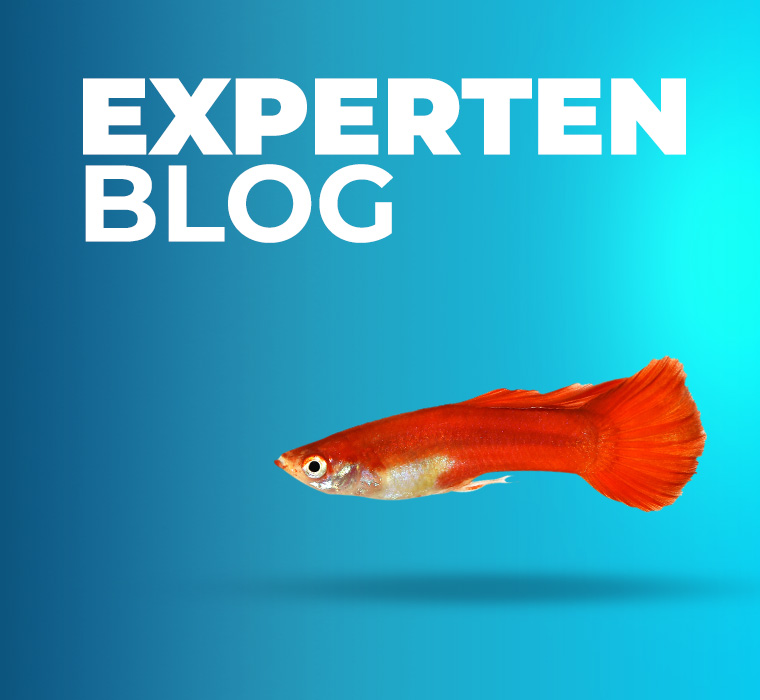- Item no: 1081
Fast delivery times
All products are in stock with us!14 years of breeding experience
Let our team of experts advise you!High customer satisfaction
from over 3,000 reviews "The Komurasaki hermit crab Coenobita violascens is a land hermit crab. It grows up to 7 or 8 cm in size. Like all land hermit crabs, it has a soft abdomen that it protects with a shell. When the land hermit crab sheds its skin and thus grows, it must exchange its snail shell for a larger model. A selection of different shaped shells in different sizes should therefore always be present in the terrarium of the land hermit crab. The shells of snails of the genera Turbo and Tonna are gladly taken, but other shells are also possible. The shells must be undamaged to ensure that the gills of the crayfish do not become too dry. The Komurasaki land hermit crab is one of the few crustaceans that actually makes sounds and uses them to communicate: it chirps softly.
As its scientific name suggests (violascens = turning purple), the Komurasaki hermit crab changes color. Juveniles are white, light orange to orange-red or even brownish in color. They become more and more purple to light blue with age. The antennae often remain orange-red to red. Coenobita violascens is found in the Indo-Pacific to East Africa. Juveniles often live in mangrove swamps, while adults are often found near beaches.
Komurasaki land hermit crabs are separately sexed, but males and females are still not easily distinguished because their sexual characteristics are concealed in the shell. However, if you find a land hermit crab that is looking for a new shell (please never pull it out of its shell, it may die!), you can look for the sex. The female has visible remnants of her swimming legs on the left side of her abdomen, which the male lacks entirely.
Komurasaki land hermit crabs live up to ten years if kept well.
The absolutely peaceful Komurasaki land hermit crab is a group animal with a distinct social behavior. It should therefore not be kept alone, but in a group of at least three to five animals. The terrarium should have from 80 cm edge length. You can socialize this land hermit crab very well with other land hermit crab species, and it does not matter if the animals are all the same size or not. A sufficient number of empty snail shells should be available to avoid conflicts.
Coenobita (land hermit crabs) do not need a water part, in deep water they even drown. They still need water because their gills need to be moist to function. In the terrarium there should be a bowl with fresh water and a bowl with salt water. Please think of appropriate exit aids! In the water bowls even the smallest Komurasaki hermit crab should not be completely covered by water. Land hermit crabs like to dig, therefore a permanently moist peat-sand mixture should be placed in the terrarium, coco humus is a good alternative. For molting Komurasaki hermits dig in totally, the substrate should be at least 8-10 cm high for this reason.
In the terrarium the humidity for Komurasaki land hermit crabs must be 70 to 85%. This permanent high humidity can be achieved with a nebulizer or spraying once or twice a day (morning and evening). Land hermit crabs need a temperature between 18 and 26 degrees. A floor heating cable is not absolutely necessary, a heat lamp is normally sufficient and above all creates different temperature zones.
The Komurasaki land hermit crab eats plants, but also its digging activity and also its locomotion are not conducive to planting. If you still want to green the terrarium, you have to replant more often. Non-toxic plants are an absolute must. Plants from the flower store or the pet store must be pre-cultivated for two months. Please pre-cultivate outside the terrarium before planting and then rinse the soil before placing the plants in the terrarium. This is the only way to ensure that any pesticides that may be present do not enter the terrarium.
Komurasaki land hermit crabs look rather cumbersome and clumsy with their little house, yet they are amazingly skilled climbers. Cork tubes, roots and thick branches structure the terrarium and provide employment for the animals.
Among other things, Komurasaki land hermit crabs like to eat vegetable food. Red, orange and yellow vegetables and fruits contain astaxanthin, a pigment that land hermit crabs need not only for a functioning immune system, but also for their coloration. Please be sure to use only unsprayed vegetables and fruits! Komurasaki land hermit crabs also like protein-rich food such as freeze-dried insects, frozen food, raw, unseasoned fish meat, protein food ... Please remove everything that is not eaten from the terrarium so that it does not rot. Brown autumn leaves are excellent as a permanent food. Komurasaki land hermit crabs also need a source of calcium, which can be done very well with cuttlebones or crushed eggshells in the terrarium.
White is opods and/or springtails work well as a cleanup crew in the land hermit terrarium.
It is possible to breed land hermit crabs in captivity, and this has already been accomplished in the hobby. Female Komurasaki land hermit crabs attach their eggs to their abdomen in a snail shell: they carry a large number of tiny eggs that hatch into larvae, which are often released in the shell with seawater. They need seawater to grow up and must be moved to a separate aquarium for this purpose. Land hermit crab larvae are raised using the same method as for the Amano shrimp.
Our recommendation: Use NatureHolic InVitros for planting. These are free of snails, planaria and other unwanted co-inhabitants. Also free of algae spores, bacteria and fungi.
Expert tip: We recommend the NatureHolic 3 Phase Liquid when keeping invertebrates. The care set offers the best all-round protection for your invertebrates. It ensures optimal conditions for successful breeding and keeping.
| Scientific name | Coenobita violascens Heller, 1862 |
| German name: | Komurasaki land hermit crab |
| Difficulty level: | for informed beginners |
| Origin/Distribution: | Indo-Pacific, East Africa |
| Coloration: | Carapace and claws pale orange to brownish in juveniles, becoming light blue to purple with age |
| Age expectancy | up to 10 years |
| Terrarium size: | 80 cm and up for a group of three to five animals, , two water parts (freshwater/seawater) in shallow bowls |
| Food | brown autumn leaves, frozen food, freeze-dried insects and crustaceans, fish meat, vegetables, green food, fruit |
| Propagation | Land hermits have already been bred in the hobby, complicated. Females release larvae that must be reared separately in a marine tank. |
| Behavior | very peaceful, very social group animal |
| Socialization | with other land hermit crabs |
| Additional information | Invertebrates on and near the beach in Khao Lak, Foliage for the aquarium + foliage list, Successfully maintaining mosses in the aquarium and terrarium |
- Item no: 1081
- EAN No.: 7427061477689
Entdecke die Garnelio Welt!
Garnelio gehört zu den größten Onlineshops für wirbellose Aquarientiere weltweit.
Viele Artikel gibt es exklusiv nur bei uns im Shop.

